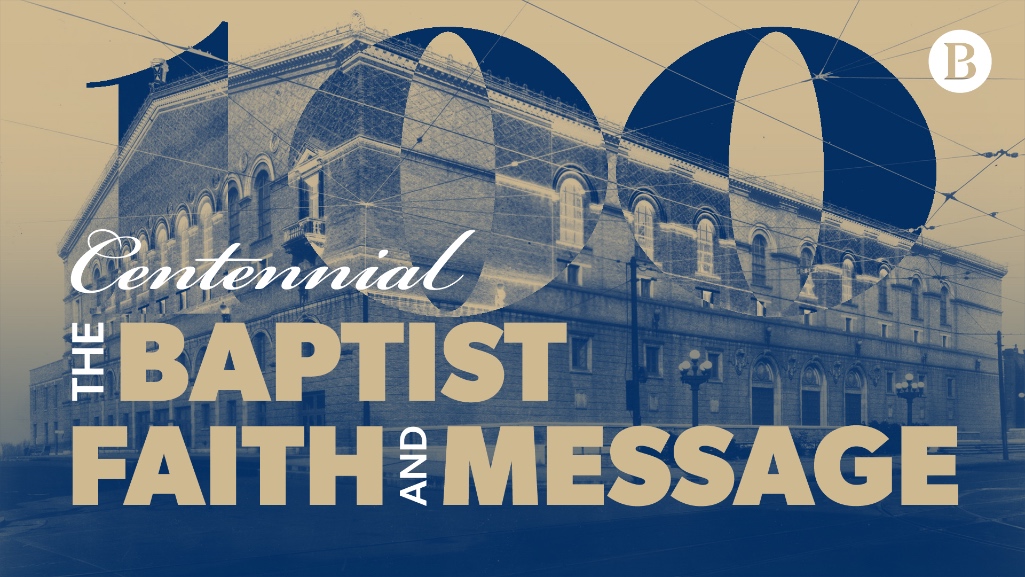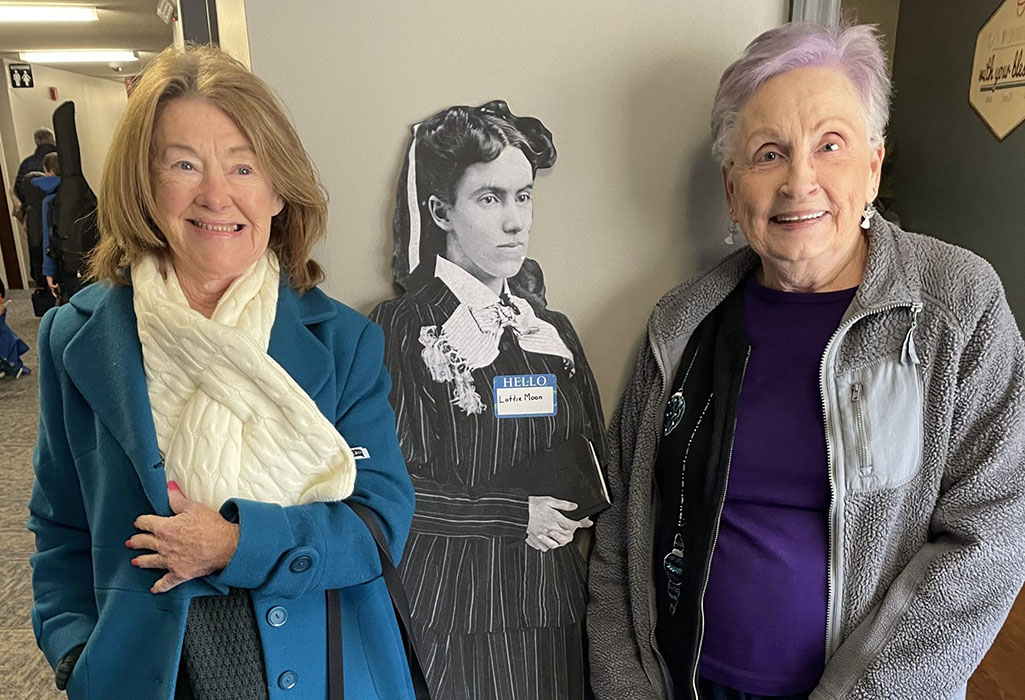PALATINE, Ill. – Nine years into my pastorate of a small, suburban congregation all heaven broke loose. On a Sunday in December 1989, like the Berlin Wall that had recently crumbled half-way across the globe, a wall came crashing down in our church. Our creative but comfortable evangelical congregation suddenly went from singing three short choruses each Sunday to worshipping for 30 minutes or more. Our theology of the Holy Spirit went from belief to experience. We began a journey that took us into realms of prayer we had never imagined.
Looking back on that experience more than a decade later, I realized the Holy Spirit had led us into a rhythm of praying. The rhythm of our praying allowed all of us, not just individuals, but the church as a whole, to move closer to the Apostle Paul’s command to “pray continually” (1 Thessalonians 5:17). Hardly realizing how it had happened, we had developed an approach to praying that was daily, weekly, monthly, seasonally and annually. With a variety of prayer opportunities, we involved more than just the praying core of the congregation in different forms of significant and strategic prayer.
Here is a sample of some of the things our congregation did as we developed a rhythmic pattern for prayer:
- Daily. My goal was for prayer to permeate the life of every member of our congregation every day. Sometimes I asked everyone to follow the same daily prayer guide such as Seek God for the City (www.waymakers.org) so that we all were praying toward the same needs or issues on the same day. Regularly, I reinforced the prayer habit in my sermons and teachings as well as by distributing prayer-focused resources (articles, books and so on) to various leaders and members to stir up their interest for daily prayer.
- Weekly. We usually held an all-church meeting devoted to prayer once a week. In addition, small groups transformed into places of prayer, and leaders were trained in how to facilitate Spirit-led prayer.
- Monthly. Some of our members who were unsure about coming to a weekly gathering were willing to try a monthly prayer time. These times allowed people who were hesitant to jump into (what they thought was) the deep end of the pool get in more gradually, wading in at their own pace. These gatherings often were focused on Christ as together we celebrated the Lord’s Supper, and shared songs, scriptures and spoken prayers of thanksgiving.
- Seasonally. Often holidays or other special days provided the opportunity to call the church to prayer. These special events varied in theme (such as the National Day of Prayer) or focus (e.g. spiritual warfare on Halloween). We also held prayer workshops several times a year that combined teaching and modeling as a way to help members take another step into the ministry of prayer.
- Annually. Soon after our Berlin Wall experience, I had begun attending a Pastors’ Prayer Group (http://nppn.org/PPG.htm) in which we actually spent more time praying than talking! At least once a year we would get away for an extended time of prayer. Those one-day retreats were life-transforming for me personally, but also led me to change our congregation’s yearly planning retreats. As the leaders of the church came aside to plan I made certain we also set aside substantial time to pray. We learned that the unity we needed in order to discern and decide future plans was the fruit of spending significant time praising, seeking and listening to the Lord before and during our planning sessions. Because of the prayerful focus of the few, the entire congregation was blessed with God’s agenda for the coming year.
The possibilities are endless when a pastor, prayer leader or church leadership team champions a rhythmic perspective on the prayer life of the congregation. If you would like to begin a rhythm of prayer in your church, ask yourself these questions as you prayerfully consider the next 12 months:
- Daily: What resources can you provide to your church members to challenge and equip them to pray meaningfully every day? Scripture-based prayer cards (http://www.navpress.com/catalog/57/Prayer-Cards-Spiritual-Growth) are one possibility.
- Weekly: Is there a weekly doorway into a place of prayer that is appropriate for everyone in your congregation? Is there substantial time given to prayer when men’s or women’s groups meet? Do the Sunday School classes or fellowship group have a segment devoted to prayer? Is there a prayer room available for members to visit any time? Do worshippers have an opportunity to participate in prayer during the weekend services?
- Monthly: Can you provide training workshops incorporating a focus on a specific aspect of prayer (such as intercession, missions-focused groups, prayer walking or healing prayer)? Could you invite the members to the Lord’s Table with a different prayer emphasis each month?
- Seasonally: Which holidays can you capitalize upon to create a special prayer event each month? For example, Valentine’s Day (marriages), Thanksgiving, or the beginning of the new school year?
- Annually: Could you provide your members with a 24- to 48-hour prayer summit experience? (Go to www.prayersummits.net for information.)
Think about it: If you can start motivating your congregation to become actively involved in church-wide prayer, walls may come down and all heaven might break loose!
(EDITOR’S NOTE – Phil Miglioratti is state prayer consultant for the Illinois Baptist State Association.)


